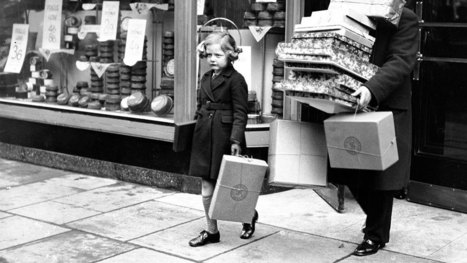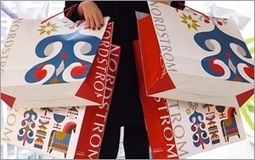Both current and former customers of the outdoor-clothing company Patagonia, for example, are more likely to consider themselves quite knowledgeable when compared to other shoppers, yet less equipped with social skills than the Lord & Taylor crowd. People who shop at Hot Topic, which caters to a younger, more alternative demographic, see themselves as highly imaginative, while patrons of Jos. A. Bank, which sells men's suits and business casual attire, see themselves as leaders.
Overall, these distinct personality types reveal the power of marketing, if done right.
One report anticipates that the retail industry alone will spend $15.09 billion on digital ads in 2016, followed by $16.95 billion in 2017 — a 12% increase. While it's important to know the best location to place an ad, knowing the personality of your intended audience is just as crucial....
Research and publish the best content.
Get Started for FREE
Sign up with Facebook Sign up with X
I don't have a Facebook or a X account
Already have an account: Login
Social marketing, PR insight & thought leadership - from The PR Coach
Curated by
Jeff Domansky
 Your new post is loading... Your new post is loading...
 Your new post is loading... Your new post is loading...
|
|
















There are potential strategic marketing advantages within the personalities of retail brands.